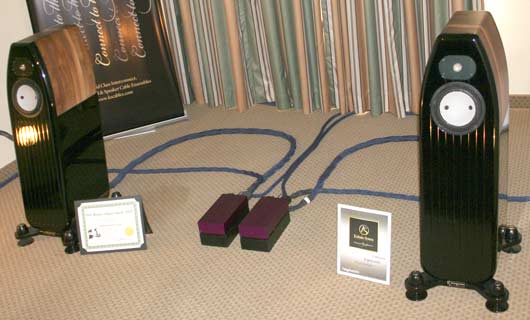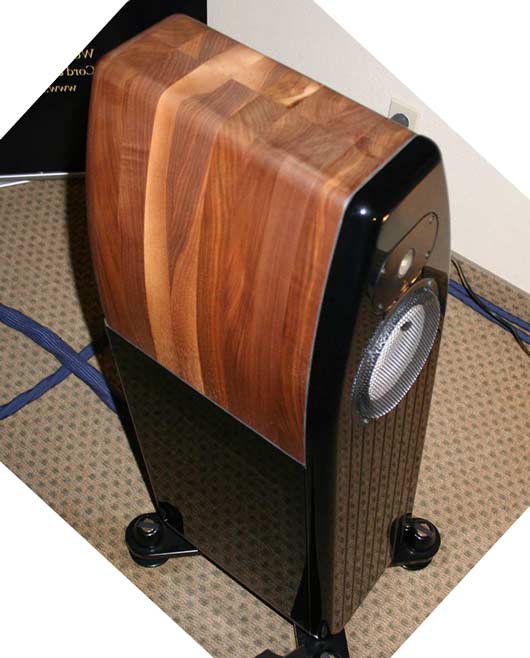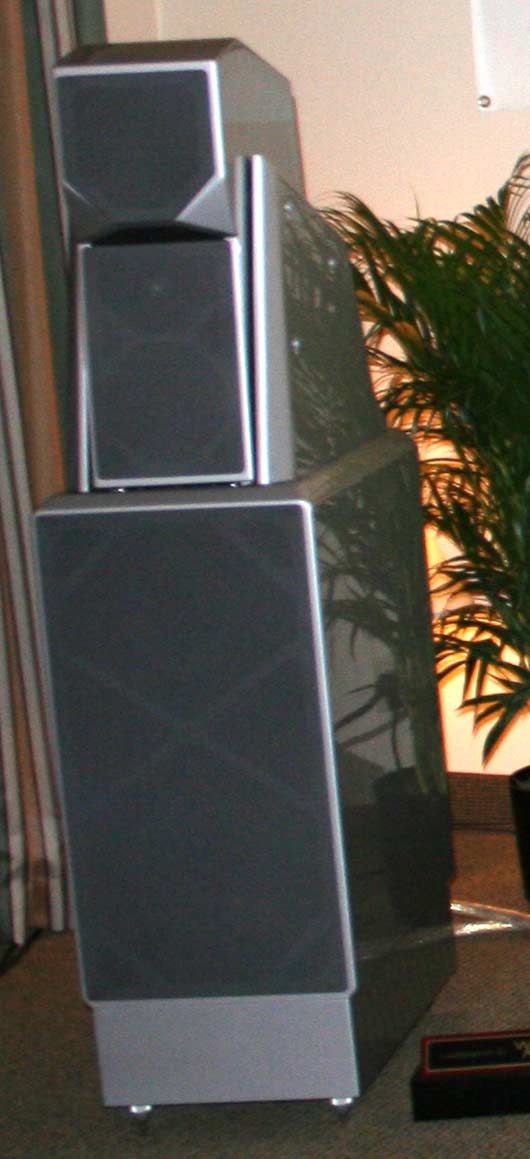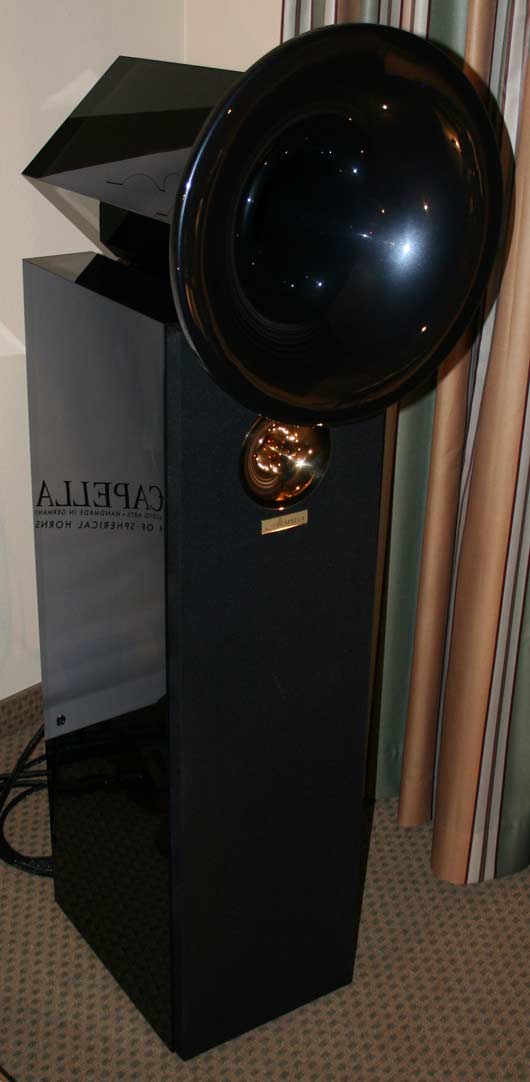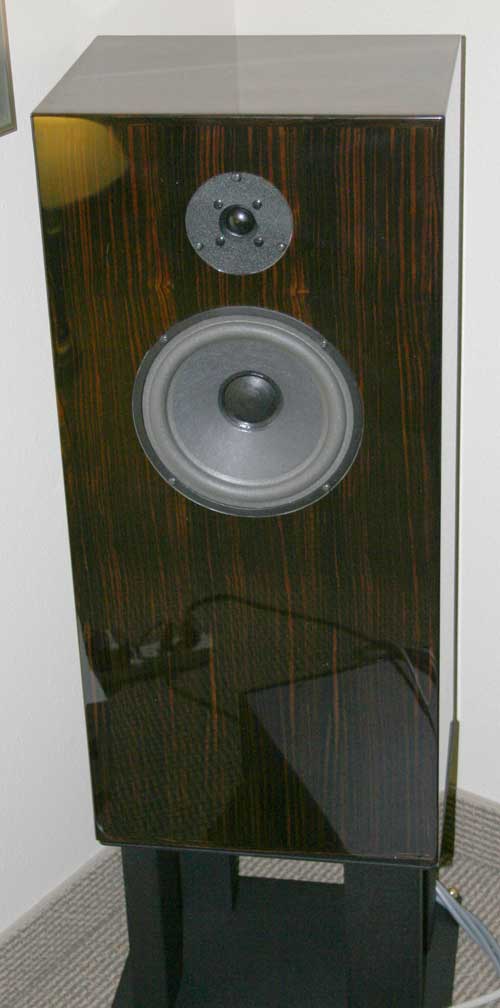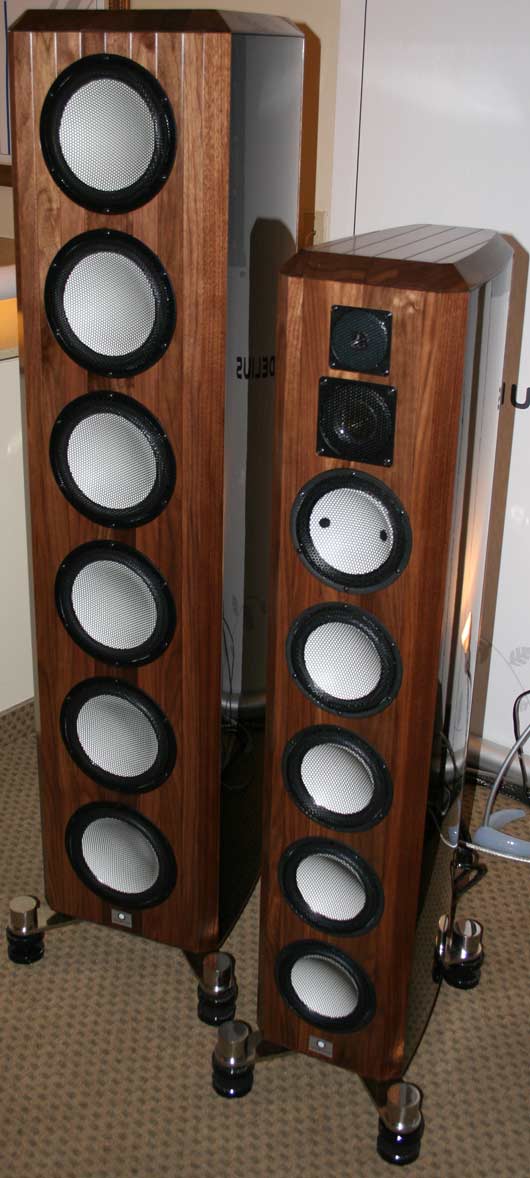We have received a lot of email lately because of our show report, and one of the more interesting had details concerning a group called The Mixibitors.
Apparently, every year at CES, about 30 people quietly got together in the middle of the Alexis Park courtyard, late, late Saturday night.
Their plan: to hear the unhearable. Too many rooms were unsatisfactorily setup. Too many had fustratingly problematic components paired with the barely legal primo stuff. There were just too many ‘What If’ system setups that were just a few heaves and a helluvalotof ho’s away from realization, perhaps never to exist before or after this special night.
They had carefully crafted, over the previous days and evenings of the show, designs for the systems that would be carefully pieced together, existing only for a few hours, for the pleasure of a very few… for the pleasure of The Mixibitors.
Only they would experience the glory of hearing some of the most awesome and outrageous hifi systems perhaps only glimpsed before during the most hardcore audiophile’s fanatic wetdreams.
Not that the plan hadn’t had it detractors and major revisions.
The email went on to describe some details about the discussions concerning the Kondo room. The Kondo room had been particularly difficult to plan. Everyone agreed they wanted to put different speakers on the Kondo Gakuon system – but which ones? There were the ‘use small speakers and keep it in the same room contingent’.
Everyone agreed that the ‘keep it in the same room’ approach did have some appeal – especially as some of the senior members (and some are apparently very old, but just cannot bear to quit) had starting growing tired of lugging 100s of lbs of equipment across show hotels over the years, and, even more so, because they also remembered that they all had to lug all this stuff back and set it up again before the show started stirring again in the morning.
The choices were of course limited to what was on hand at both T.H.E. Show and CES – but this was not too limiting as there were a number of excellent candidates and the weather was great this year. The small speaker candidates were Audio Note U.K. speakers, the Acapella Filedio II, the Oskar Heil Kithara. The large speaker candidates were the Wilson MAXX II, the Acapella Violon, and the Cogent horns.
The optimal configuration of this and other rooms were debated long and hard. Secret hand signals had been developed over the previous years so that votes could be curried and polled inconspicously during the days as they all appeared to be just like all the other wacky audiophiles wandering in and out of rooms listening for the holy grail.
Only they knew that the Holy Grail was not here, yet was here.
Here is the list of some of the rooms they setup that night (the actual plan goes into much more detail including cables, power cords, electronically calculated speaker system positions, potential tube replacements, etc):
* All Kondo Audio Note system components, on a HRS rack and platforms purloined from the Audio Aero room, driving Coltrane Supreme speakers all installed in the very large room at the St. Tropez where the VR-7 speakers had been setup. The Continuum turntable with the Boulder phonostage from the Alexis Park were used for analog.
* The Audio Note U.K. Gakuon system, except the turntable which was replaced with the Continuum, also on HRS rack and platforms, moved to the very large Thiel room and drivng the big Cogent True-to-life horns.
* The Kharma Mini Exquisites, moved next door to the larger Kharma room, driven by the ML2.1 amps from the Lamm room and the Meitner from the VR-9 room as digital source and pre, all equipment on HRS racks and platforms
* It was decided that the big Joule Electra OTL amps from the Joule room would be put on the Wilson MAXX 2s, largely as an experiment. But the Mixibitors Charter allows this so it was agreed. They needed a larger room and decided on the large Genesis room (which wasn’t very far away). The digital front end and preamp was the Meitner.
I asked, but No, they emphatically DO NOT have any pictures.
What did these rooms sound like? I wish I knew! They did say that many Mixibitors learn to wear diapers during this evening.

